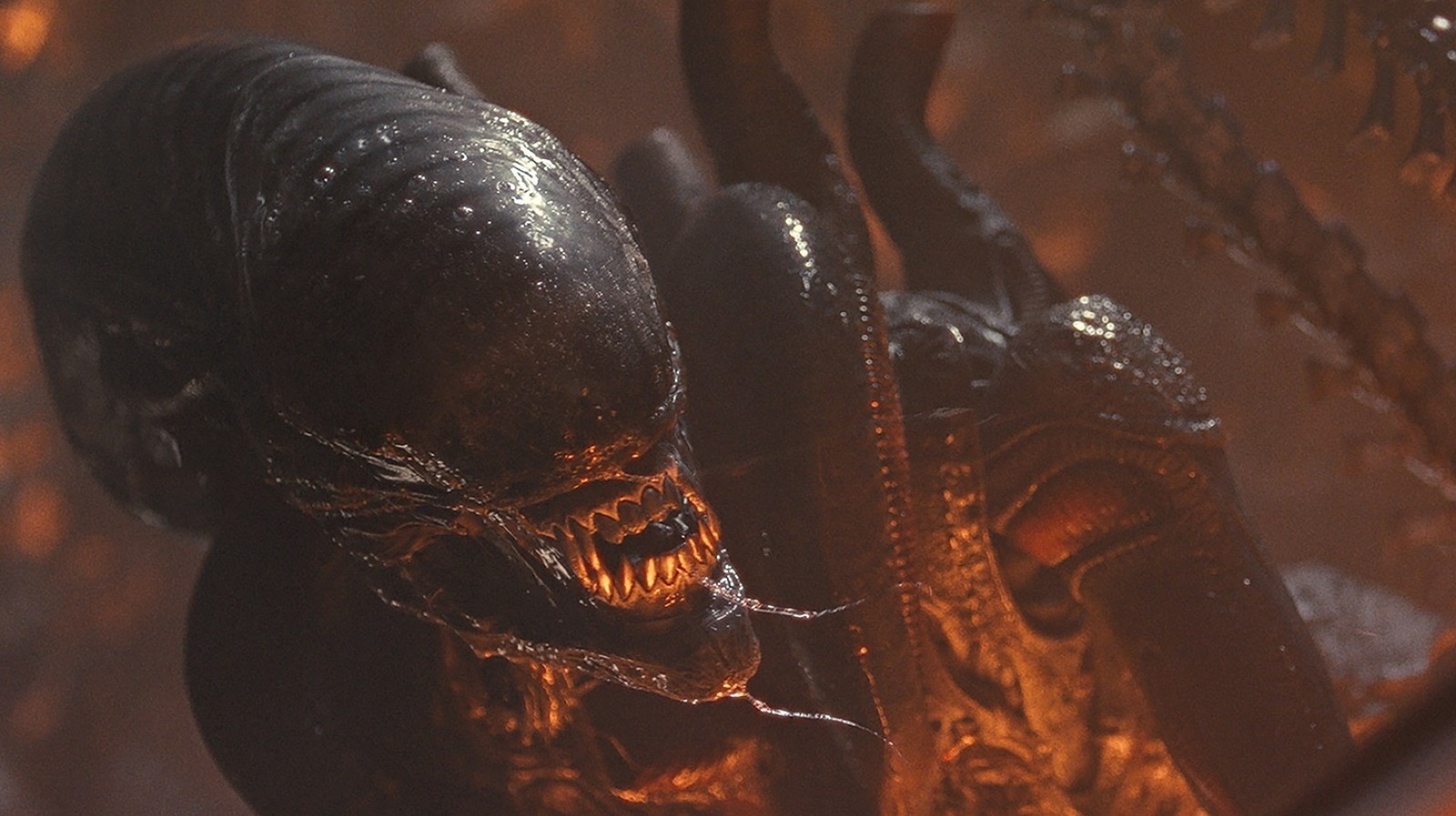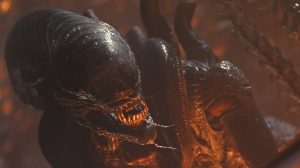
Alien: Romulus Director Claims to Have Resolved Ian Holm’s CGI Resurrection Issue in Home Release
After the groundbreaking release of the original Alien in 1979, the franchise has navigated through waves of audience criticism with each subsequent installment. James Cameron’s sequel faced backlash for deviating from horror into straightforward action, while Alien 3 upset fans by killing off beloved characters Newt and Hicks, followed by the iconic Ripley. And speaking of unwelcome surprises, the less said about Alien: Resurrection, the better. Ridley Scott’s prequel films sparked their own share of controversy, yet last year’s Alien: Romulus aimed to bring the series back to form, albeit with its own divisive twist.
In a pivotal moment about halfway through Alien: Romulus, viewers are introduced to Rook, a new synthetic character bearing a striking resemblance to the late Ian Holm, who originally played Ash. While Rook isn’t exactly Ash, his Weyland-Yutani programmed malevolence adds a layer of familiarity. However, the decision to digitally recreate Holm sparked significant backlash, particularly due to the underwhelming visual effects. With the film’s home release, director Fede Álvarez asserted that he has “fixed” these contentious elements, but the solution may not address the core of the controversy.
In an interview with Empire, Álvarez acknowledged that the CGI effects fell short of expectations, admitting, “We just ran out of time in post-production to get it right. I wasn’t 100% happy with some of the shots, where you could feel a bit more the CG intervention. So, for people that react negatively, I don’t blame them.” So, what changes have been made in the home release? Álvarez revealed that 20th Century Studios, now under Disney’s umbrella, allocated additional resources to enhance the VFX post-release. “We fixed it. We made it better for the release right now. I convinced the studio we need to spend the money and make sure we give the companies that were involved in making it the proper time to finish it and do it right,” he stated.
While the updates may improve the visual experience, they do not inherently resolve the ethical dilemma of resurrecting a deceased actor digitally. It’s important to note that Ian Holm’s estate approved this decision, which implies a level of consent that some detractors still question. This topic became a significant point of contention during the 2023 Screen Actors Guild strike, and the conversation surrounding digital resurrection is unlikely to fade soon.
Curious about the production behind Holm’s likeness in Alien: Romulus? Álvarez provided insight into the re-creation process. The film aimed to capture the tangible feel of the original Alien by using practical effects enhanced by digital elements. For Rook, the creative team originally intended to balance these techniques. However, Álvarez admitted that the final result leaned too heavily toward digital due to time constraints. An animatronic likeness of Holm, crafted by puppeteer Shane Mahan, was created based on a head cast from Lord of the Rings. For the home release, the director mentioned a shift back toward using more of the animatronic work, emphasizing that it offers a better representation of their initial vision.
In addition to the animatronic, actor Daniel Betts provided the facial and vocal performance during filming, while digital manipulation completed the look of Holm’s character. The question remains: was it worth the effort? Personally, I find that the CGI element detracted from the overall film experience, overshadowing what could have been a truly entertaining and visceral journey through space horror.
Alien: Romulus is now available for viewing at home on 4K, Blu-ray, DVD, and digital platforms, allowing fans to revisit the film and its controversial choices once again.




